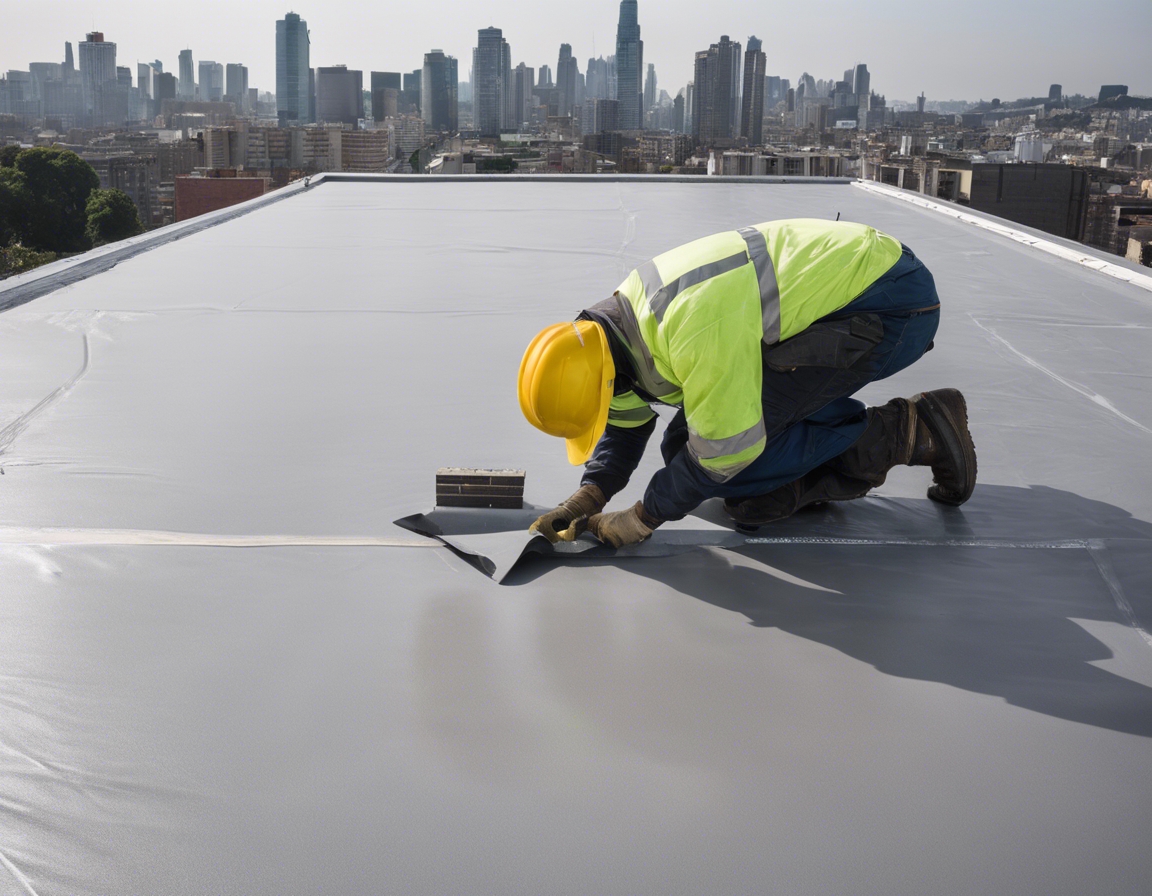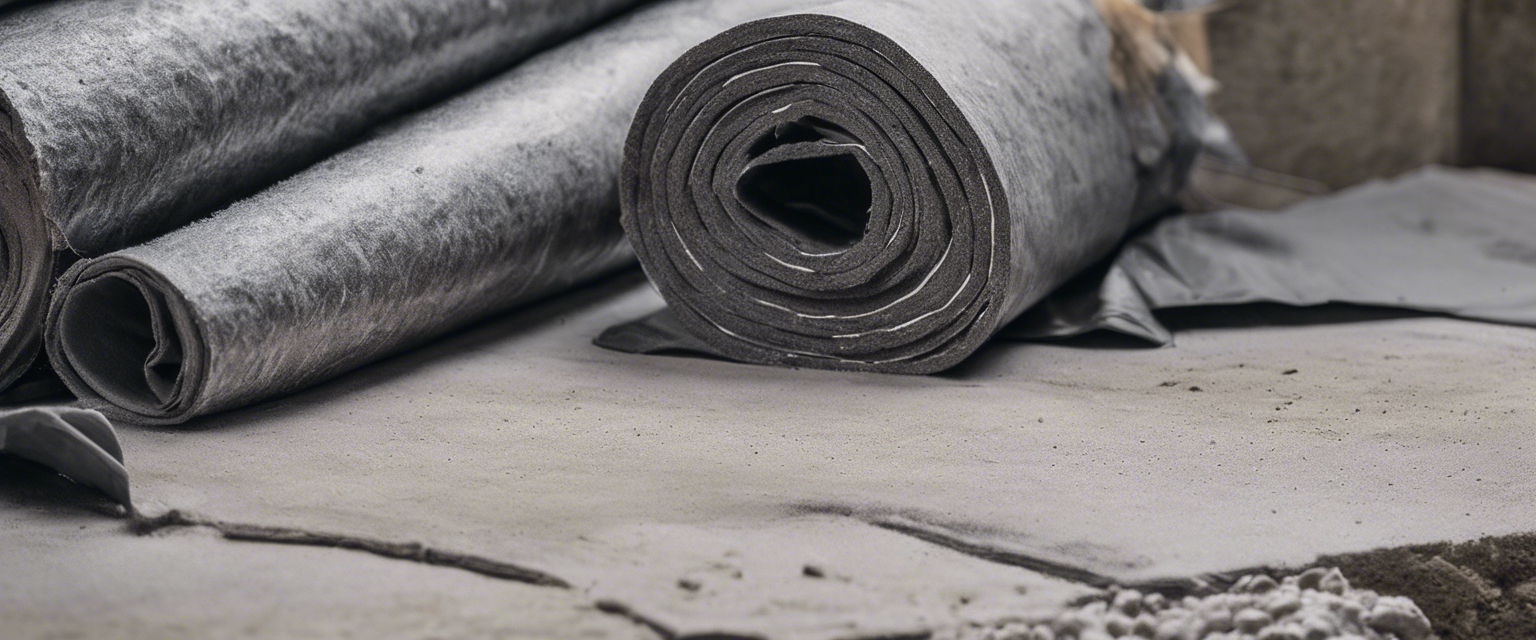Why tpo roofing is the sustainable choice for modern buildings
Thermoplastic Polyolefin (TPO) roofing is a single-ply roofing membrane that has been gaining traction in the construction industry due to its impressive balance of cost-effectiveness and performance. Made from a blend of polypropylene and ethylene-propylene rubber, TPO roofing offers a durable and flexible solution for modern buildings.
Since its introduction in the early 1990s, TPO roofing has evolved significantly, with advancements in technology and manufacturing processes leading to improved quality and versatility. Its adoption has been driven by a growing demand for sustainable and energy-efficient roofing options.
The Sustainability of TPO Roofing
TPO roofing membranes are highly reflective, which means they can deflect sunlight and reduce heat absorption. This leads to lower cooling costs and energy consumption, making TPO an eco-friendly option for buildings in warmer climates.
At the end of its service life, TPO roofing material can be recycled, reducing the amount of waste sent to landfills. The production process of TPO is also less energy-intensive compared to other roofing materials, further minimizing its carbon footprint.
With a life expectancy of up to 30 years, TPO roofing systems offer an extended service life that contributes to their sustainability. Their inherent durability means less frequent replacement and repairs, which in turn reduces resource consumption and waste.
Performance Advantages of TPO Roofing
TPO membranes are engineered to withstand extreme weather conditions, including high winds, heavy rainfall, and hail. The material's UV resistance also prevents degradation over time, ensuring the roofing system maintains its integrity and performance.
For buildings that may be exposed to oils, fats, or chemicals, TPO roofing is an ideal choice due to its resistance to these substances. This makes it particularly suitable for restaurants, factories, and other commercial facilities.
Unlike other roofing materials that may require regular upkeep, TPO roofing systems are relatively low maintenance. Their resistance to mold, dirt accumulation, and punctures reduces the need for frequent cleaning or repairs.
Installation and Cost Benefits
The lightweight and flexible nature of TPO roofing makes it easy to install. It can be attached with adhesives, mechanically fastened, or ballasted, allowing for a quick and efficient installation process that can save on labor costs.
When considering the total life-cycle cost, TPO roofing is a cost-effective solution. The initial investment is competitive, and when combined with the energy savings, low maintenance costs, and longevity, TPO roofing offers significant financial benefits over time.
Regulatory Compliance and Industry Standards
TPO roofing systems meet stringent building codes and energy standards, ensuring compliance with regulations. They contribute to a building's overall energy efficiency, which can be a critical factor in project planning and execution.
For projects aiming for LEED certification, TPO roofing can provide valuable points in the areas of sustainable sites, energy and atmosphere, and materials and resources. Its properties align with the principles of green building, making it a strategic choice for environmentally conscious projects.






Comments (0)